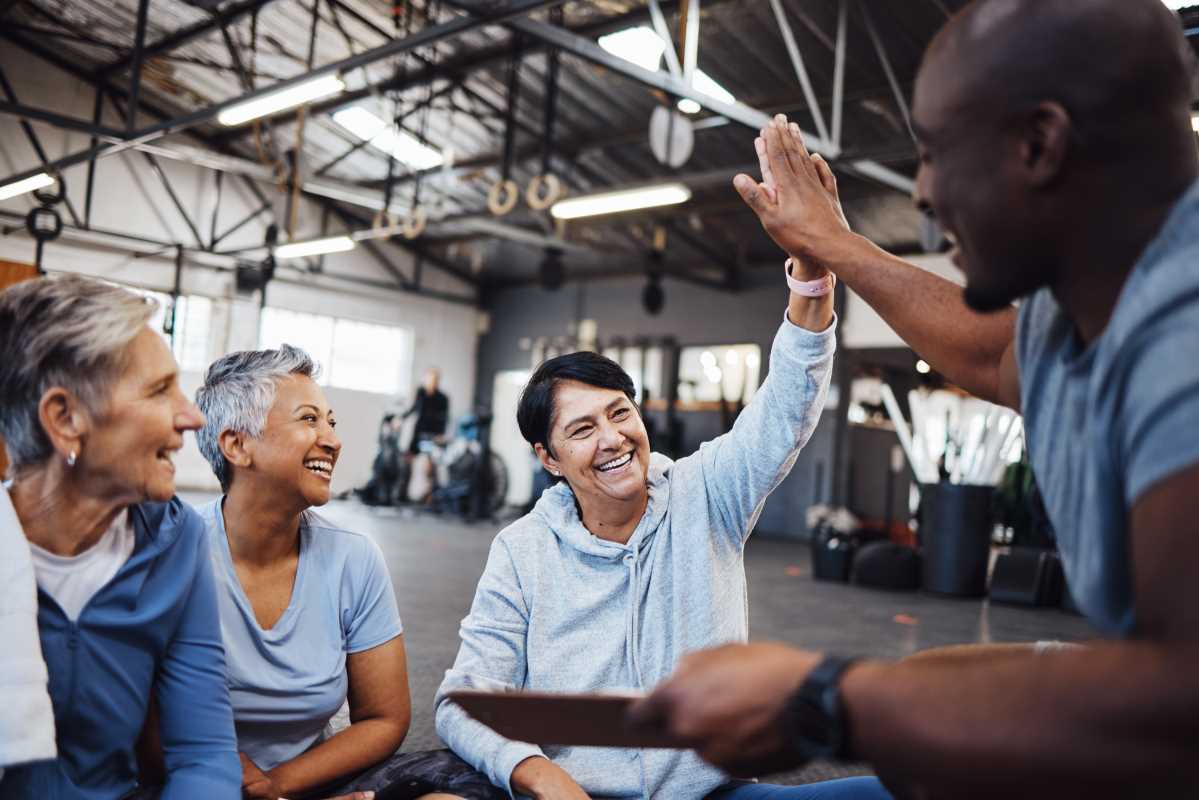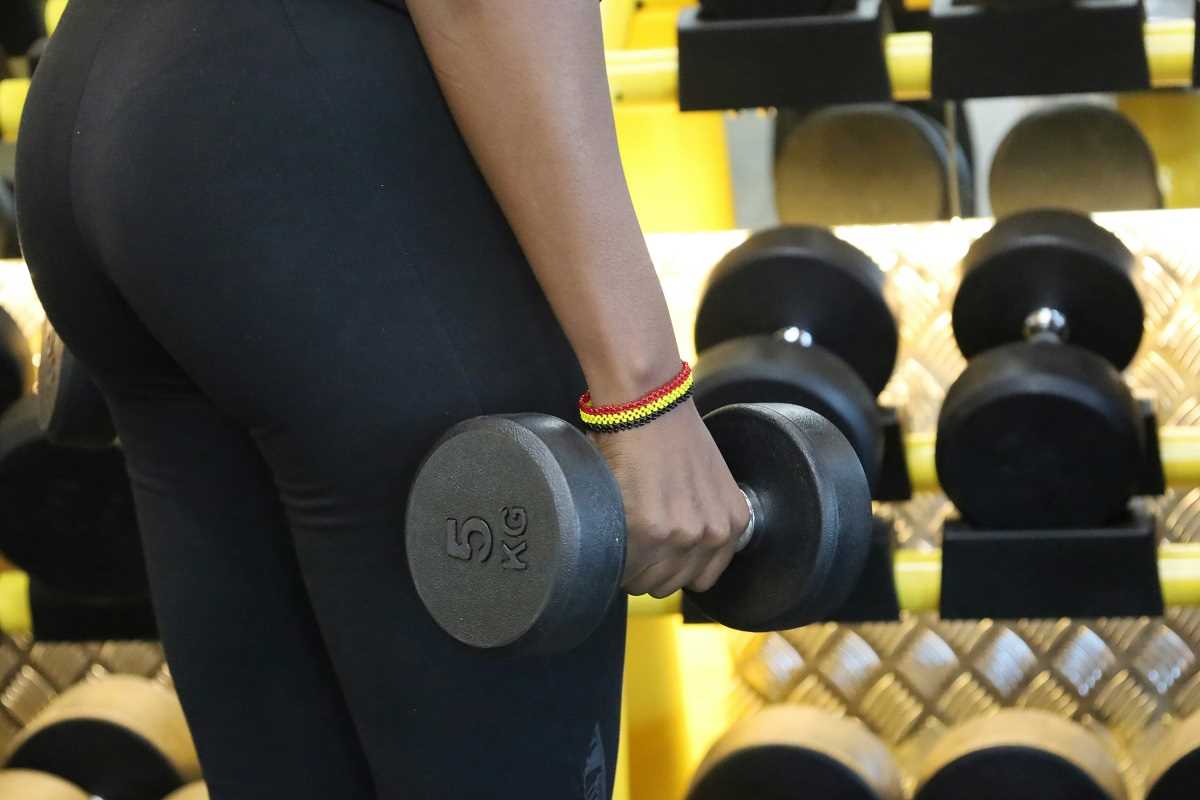Maintaining mobility is a crucial aspect of aging gracefully. As individuals grow older, the natural decline in muscle strength and joint flexibility can significantly impact their ability to perform daily activities. Functional fitness, which focuses on exercises that mimic everyday movements, plays a pivotal role in enhancing mobility and ensuring that the elderly can lead active and independent lives. By incorporating functional fitness into their routines, seniors can improve their balance, coordination, and overall physical health, thereby reducing the risk of falls and other mobility-related issues.
Emphasizing functional fitness not only aids in physical well-being but also contributes to mental and emotional health. Engaging in regular, purposeful exercise can boost mood, increase energy levels, and promote a sense of accomplishment. This holistic approach to fitness is essential for the elderly, as it addresses multiple facets of health, ensuring a higher quality of life and sustained independence.
Benefits of Functional Fitness for the Elderly
- Enhances muscle strength and endurance, making daily tasks easier to perform.
- Improves balance and coordination, reducing the risk of falls and injuries.
- Boosts cardiovascular health, contributing to better heart function and circulation.
- Increases flexibility and joint mobility, alleviating stiffness and discomfort.
- Promotes mental well-being by reducing anxiety and depression through regular physical activity.
- Supports weight management, helping to prevent obesity-related health issues.
Functional Fitness Exercises for Mobility
- Squats: Strengthen the lower body and core muscles, enhancing stability and support for the spine.
- Step-Ups: Improve leg strength and balance by simulating the motion of climbing stairs.
- Seated Leg Lifts: Enhance lower limb strength and flexibility while seated, making them accessible for those with limited mobility.
- Arm Raises: Strengthen the upper body and improve shoulder mobility, aiding in daily movements like reaching and lifting.
- Torso Twists: Increase spinal flexibility and core strength, facilitating better posture and rotational movements.
- Balance Exercises: Incorporate activities such as standing on one foot to enhance overall balance and prevent falls.
Structured Fitness Programs
A well-designed fitness program provides a comprehensive approach to maintaining and improving mobility in the elderly. Structured programs typically include a combination of strength training, cardiovascular exercises, flexibility routines, and balance activities. By following a consistent schedule, seniors can ensure that they are addressing all aspects of their physical health in a balanced manner. Moreover, structured fitness programs often incorporate progression and variation to keep the workouts challenging and engaging. This approach not only helps in preventing plateaus but also sustains motivation, which is essential for long-term adherence. Additionally, many programs are tailored to individual needs and capabilities, ensuring that exercises are both safe and effective for each participant.
Practical Tips for Daily Incorporation
Incorporating functional fitness into daily routines doesn't have to be daunting. Start by integrating simple movements that mimic everyday activities, such as standing up from a chair without using your hands or carrying groceries from the car to the kitchen. Consistency is key; dedicating just a few minutes each day to these exercises can lead to significant improvements over time. Another practical tip is to make use of household items as exercise tools. For instance, using a sturdy chair for support during balance exercises or employing water bottles as light weights for strength training can make workouts more convenient and accessible. Additionally, setting reminders or scheduling specific times for exercise can help in establishing a regular routine, ensuring that functional fitness becomes a seamless part of daily life.
Encouraging Steps Towards Better Mobility
Taking proactive steps towards enhancing mobility can have a profound impact on an elderly individual's independence and quality of life. Begin by setting realistic and achievable goals, such as increasing the number of steps taken each day or improving the ease of performing certain tasks. Celebrating small milestones can boost confidence and encourage continued progress. Engaging with community resources, such as local fitness classes or support groups, can also provide valuable support and motivation. Participating in group activities fosters a sense of community and accountability, making the journey towards better mobility more enjoyable and sustainable. Meanwhile, seeking guidance from healthcare professionals or fitness experts can ensure that the exercises undertaken are appropriate and beneficial.
Functional fitness serves as a cornerstone for enhancing everyday mobility in the elderly, offering a multitude of benefits that extend beyond physical health. By embracing targeted exercises and structured programs, seniors can maintain their independence and enjoy a higher quality of life. Incorporating these fitness practices into daily routines is both practical and rewarding, paving the way for sustained mobility and overall well-being.
Embarking on a functional fitness journey is a positive step towards a more active and fulfilling life. With dedication and the right approach, the elderly can overcome mobility challenges and embrace each day with strength and confidence. Embrace the transformative power of functional fitness and take charge of your mobility to enjoy the activities you love with ease and vitality.
 (Image via
(Image via





